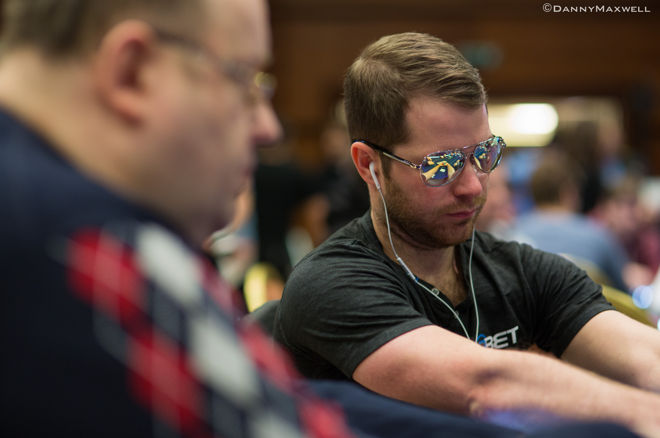Although there are numerous styles of play, and various players adapt their games to suit specific circumstances and opponents, one basic, successful Texas Hold’em strategy is to play tight-aggressive poker. The PokerStars School courses tend to focus on tight-aggressive play as it is the best for a beginner to adopt. Tight poker players (aka nits) can be frustrating to play against. They put in chips with only the strongest hands, but their nitty strategy is easy to beat.

Tight Passive Poker Strategy
While you may laugh at the idea of tight passive poker players, they’re more common than you know. If you, somehow, don’t know what one is, a tight passive player maintains a tight starting hand selection, but their play is weak after the flop. This means they may flop winning hands thanks to their tight selection but they fail to capitalize on their cards and thus win little money and, in fact, they fold pretty often. This means that you can make some bank just by identifying and attacking them.

How do you find the tight passive player? Look for the player who’s only going in on a few hands and checks on the flop. On top of this, they’ll very rarely bet or raise and their risk-adversive nature means they can be pushed around. Tight passive players play tight (naturally,) so it’s possible to read their hands. Since they usually play with premium hands, pocket pairs and sometimes suited connectors, you can almost certainly put them on a big pocket pair if they had raised preflop and connectors if they’ve limped in.
The important thing to do when you’re playing against tight passive players is to be aggressive. Don’t even consider calling the tight passive player if they raise. The tight passive player doesn’t like to be re-raised and often thinks you have a better hand when you do. Always reraise him when you have a hand. In this case, even if he has the winning hand, he may fold.
Tight Passive Poker Strategy Games
What’s great about tight passive players is that they’re easy to bluff. These players have usually read a poker book or two and have played long enough to understand when and how to represent at the table. However, unlike the tight aggressive player, they’ll reveal their weakness by checking and if your raise is aggressive enough, they’re likely to gold to your bluff.
Tight Passive Poker Strategy Rules
Interestingly, a lot of people think of tight passive players as “rocks” — players that only wait for solid starting hands and then just play poker like one should. In my experience, rocks play very steady poker and are married to their hands. You can drive them up if you’ve got the better hand but need to look out because they will stare down any bluffers. The weak-tight player, on the other hand, doesn’t play as tight and still tries to hit the flop.